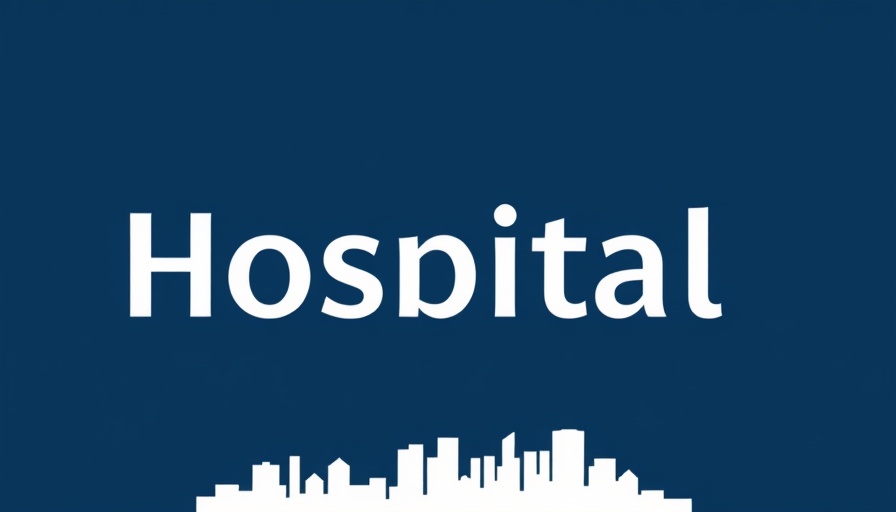
Worrisome Trends In Child Vaccination Rates
A recent study published in JAMA Network reveals alarming declines in the vaccination rates for measles, mumps, and rubella (MMR) among children in the U.S. The research, conducted by Johns Hopkins University, analyzed data from 2,066 counties across 33 states, finding that 78% of these counties have experienced a drop in vaccination rates since before the COVID-19 pandemic. Specifically, MMR vaccination rates have plummeted from 93.92% during the 2017-2018 school year to just 91.6% in 2023-2024.
Consequences of Lower Vaccination Rates
The decline in MMR vaccination rates could have serious public health implications. As of May 30, 2023, the CDC reports over 1,088 cases of measles, marking the highest number of cases reported in the U.S. in over 30 years, excluding the significant spike in 2019. Areas like Gaines County in West Texas, with a coverage rate of just over 80%, are now considered outbreak epicenters. Public health experts, including Céline Gounder, MD, from KFF Health News, warn that many counties are at significant risk for outbreaks if vaccination rates do not improve. Gounder noted, "There’s a lot of counties that are well below the 95%, so we’re quite vulnerable, in certain pockets in particular of the country, for a measles outbreak."
Success Stories in Vaccination
Despite the negative trends, some states have successfully increased their average county-level vaccination rates. California, Connecticut, Maine, and New York have reported gains in MMR vaccinations, illustrating that targeted responses to counter the national declines can yield positive results. These successes can serve as models for initiatives and policies that promote vaccination, emphasizing the importance of community engagement and public awareness campaigns.
Impacts of COVID-19 on Vaccination
The pandemic has had profound effects on healthcare practices, especially in pediatric care. Many families have delayed routine vaccinations out of fear of exposure to COVID-19 in healthcare settings or due to disruptions in healthcare services. Such factors have intensified the importance of establishing safe avenues for children to receive their vaccinations as schools prepare to reopen more fully. Healthcare providers must play a crucial role in reassuring parents and offering accessible options to maintain or improve vaccination rates.
Strategies for Improvement
Healthcare providers, independent physicians, and community pharmacists have an essential role to play in addressing this public health crisis. Implementing patient engagement tools and healthcare compliance can encourage families to keep up with vaccinations. Strategies can include automated reminders via mobile or voice AI agents, which can effectively increase appointment attendance among children and families.
Furthermore, community outreach through schools can incorporate educational campaigns emphasizing the safety and importance of vaccinations not only for individual health but also for community protection. Public health officials must work in tandem with healthcare providers to ensure that the message resonates well across demographics, especially in communities with lower vaccination rates.
Act Now: Reinforce Vaccination Efforts
With the CDC indicating a decrease from 95.2% vaccination rates during the 2019-2020 school year to 92.7% in 2023-2024, there is a pressing need to take proactive measures. The health and well-being of the next generation depend on the actions we take today. Healthcare providers should prioritize getting kids vaccinated by offering flexible scheduling, providing educational resources, and ensuring that families feel comfortable and safe during visits. The time to act is now—let’s work together to restore and maintain high vaccination rates for our children.
 Add Row
Add Row  Add
Add 




Write A Comment